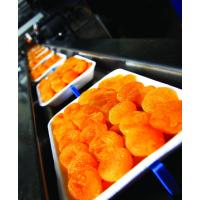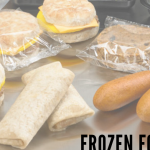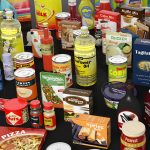
Food Packaging Chemicals Face Increasing Scrutiny
States such as Washington and California are increasing their scrutiny of chemicals in food packaging, pursuing a next-generation examination of earlier federal initiatives to limit or ban their use. Perfluorinated chemicals (PFAs), bisphenol A (BPA) and bisphenol S, phthalates and styrene used in food packaging are the current targets.
PFAs, which are commonly used for grease-proofing fast food packaging, have had an interesting history. In the past several years, U.S. manufacturers voluntarily ceased the use of PFAs with chain lengths of eight carbons (C8) or longer. In 2016, the FDA amended its food additive regulations to remove the use of three of these PFAs in response to a petition aimed at preventing foreign-manufactured food packaging with the PFAs from entering U.S. commerce. Now PFAs with shorter lengths of carbons, such as 6 carbons (C6), have become the target of state scrutiny.
Washington recently passed legislation that will examine and possibly lead to a ban on PFAs in food packaging. Under Washington’s Healthy Food Packaging Act, the Dept. of Ecology is required to identify safer alternatives to PFAs by January 1, 2020. All PFAs with at least one fully fluorinated carbon atom are included. If the department succeeds in identifying a safer alternative, the law will ban PFAs in paper food packaging two years later. If it does not find safer alternatives, the department will be required to annually review safer alternatives.
If an alternative is a chemical, it must already be approved by FDA for use as a food contract substance. An acceptable alternative “must be readily available in sufficient quantity and at a comparable cost, and perform as well as or better than PFAS chemicals in a specific food packaging application.” While this language sounds protective of industry, it’s equally vague in that it uses broad terms like “sufficient” and “comparable” that leave much to the department’s discretion.
When the department finds an acceptable alternative, the ban will go into effect two years later. Given the annual review cycle, an eventual ban on PFAs is a likely possibility and would make Washington the first state to ban PFAs in food packaging.
California also has begun scrutiny of PFAs in food packaging as well as other candidate chemicals in food packaging: BPA and Bisphenol S in plastic resin lining food and beverage cans, phthalates as plasticizers and styrene in polystyrene and rubber products.
BPA has a similar federal history to PFAs. Manufacturers voluntarily stopped using BPA in baby bottles and sippy cups [ahead of a 2012 FDA ban]. The use of BPA in other food packaging applications has not been similarly abandoned or banned and so has become a focus of state regulatory actions.
Read more: Food Packaging Chemicals Face Increasing Scrutiny





